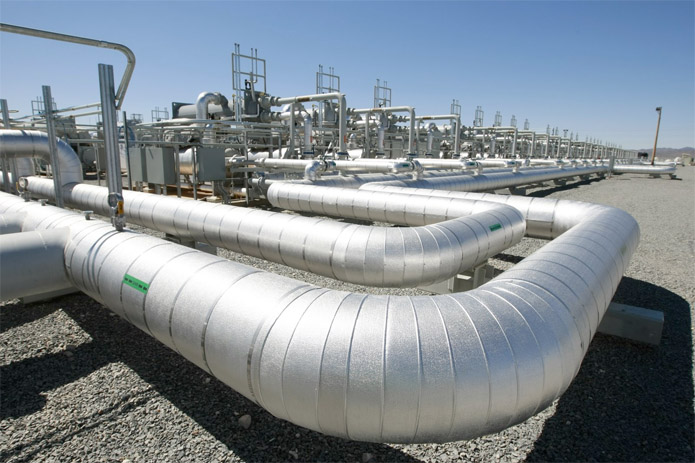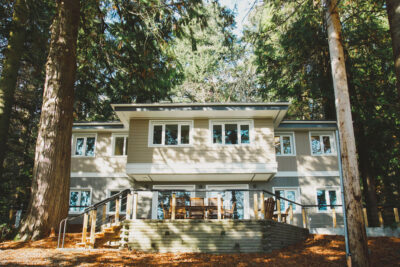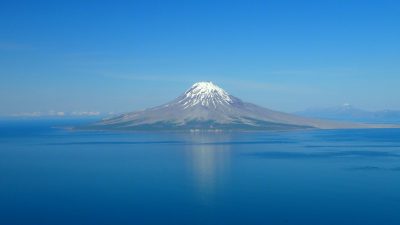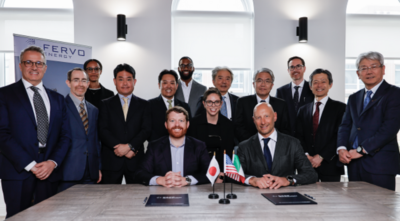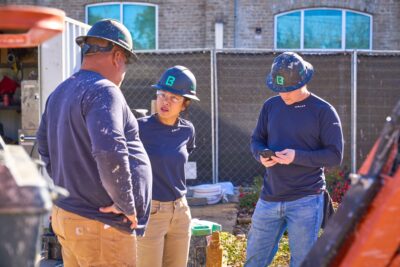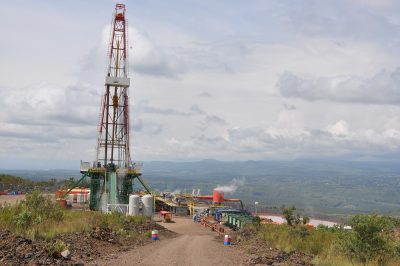The roadblocks of geothermal development despite stimulus money
Geothermal is finally getting respect and looks on track to test ways to expand the industry, thanks to new U.S. government funding, but steep startup costs and financing remain barriers.
A recent article via Reuters, describes that geothermal energy “is finally getting respect and looks on track to test ways to expand the industry, thanks to new U.S. government funding.
But steep startup costs and financing remain barriers, and new geothermal technology to pump cold water into hot rock also has sparked worries about the risk of manmade earthquakes, dimming prospects for near-term expansion.
Geothermal energy surged in the United States last year with a 46 percent jump in planned low-carbon power plants that produce electricity by using steam from the earth’s core to spin turbines, according to the Washington D.C.-based Geothermal Energy Association.
Geothermal, still seen as a distant also-ran to wind and solar in the clean energy race, got $338 million in federal stimulus money for new technology tests at 123 projects.
“For once geothermal got the big money,” said Karin Berry, principal at Pave Energy Finance at a recent GreenPower conference in San Francisco.
Geothermal plants offer steady, clean power when the wind stops blowing and the sun goes down — but multimillion-dollar drilling costs and risks of cold holes temper enthusiasm.
“Clearly investors want growth, which the geothermal sector does provide. They want visibility, which the sector provides less of,” Partho Sanyal, director of energy and power investment banking at BofA-Merrill Lynch told the GreenPower conference.
Investors in Canada, a natural resources hub, understand risk related to natural resources, industry officials said.
Magma Energy Corp raised C$100 million, and a similar amount went to Ram Power Group, created last year when three Canadian companies and one U.S. company merged.
A geothermal plant can produce cheap energy by most standards, but start-up costs are steep, and it takes time to get a plant going.
“(Conventional) geothermal energy remains the lowest cost form of renewable energy,” said analysts Bloomberg New Energy Finance. “Under ideal conditions, geothermal could produce energy at rates competitive with coal,” it said.
But ideal conditions include easy access to financing.
“Geothermal development, in the best of markets, is often an inherently risky investment, especially upfront,” said research associate Dan Jennejohn of the Geothermal Energy Association.
“A developer usually had to fund about 30 percent of a steam field’s development before a lender would provide financing. In the current economic climate, risk-averse lenders are now requiring that 70 percent of the field is developed.”
Projects face a so-called “valley of death” of funding for commercial-scale expansion after exploration work. Evergreen Clean Energy LLC is raising funds for New York Stock Exchange-listed Raser Technologies Inc. Evergreen aims to move in with project financing after a successful test hole has been drilled. That will provide enough data to give a good evaluation of risks, even if the market treats the stage as a blind search for hot rock. “We do all that we can to de-risk the project,” said Evergreen Principal Mark Burdge. “We’re not wild catters.”
Source: Reuters via Forexpros
